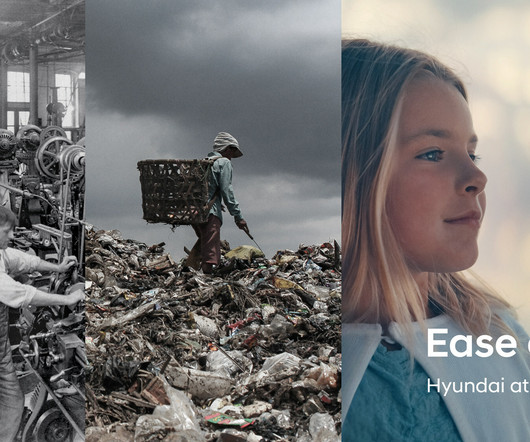Hyundai is going all in on hydrogen, and relying on food waste to make that happen
Baua Electric
JANUARY 9, 2024
Source: Hyundai Kia-owner Hyundai certainly isn’t in a big rush to go carbon neutral. But now it says it will rely heavily on hydrogen fuel cells generated from plastic, food, and organic waste to power a whole new generation of EVs, from passenger cars to heavy-duty trucks. It has set its target as the far-away date of 2050.






















Let's personalize your content